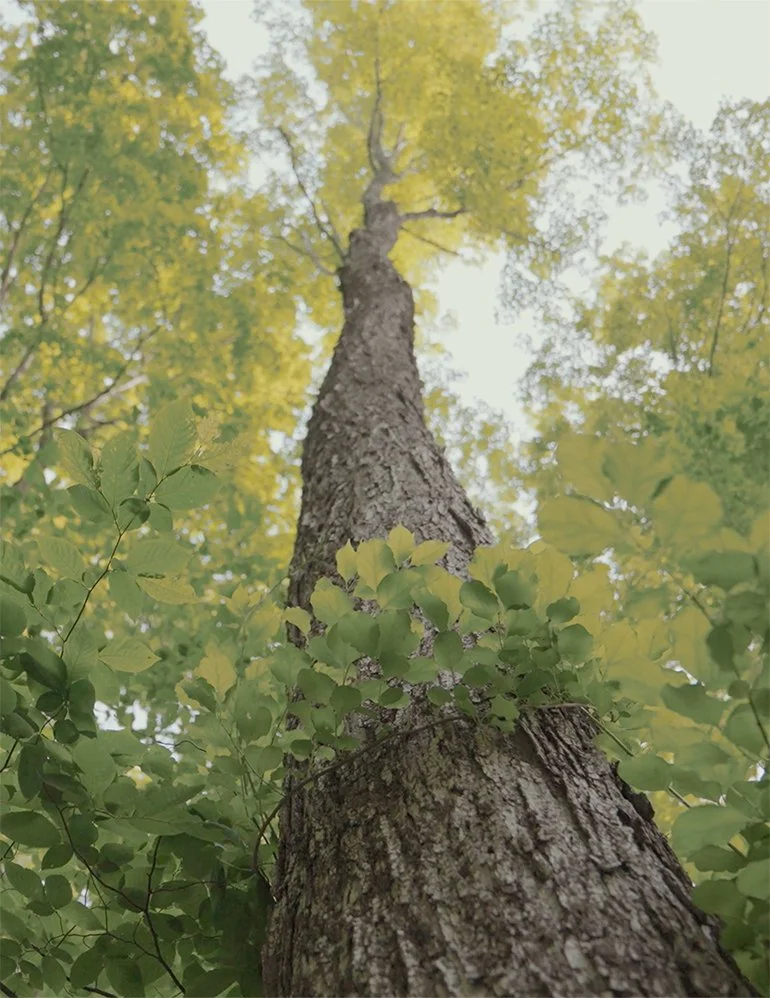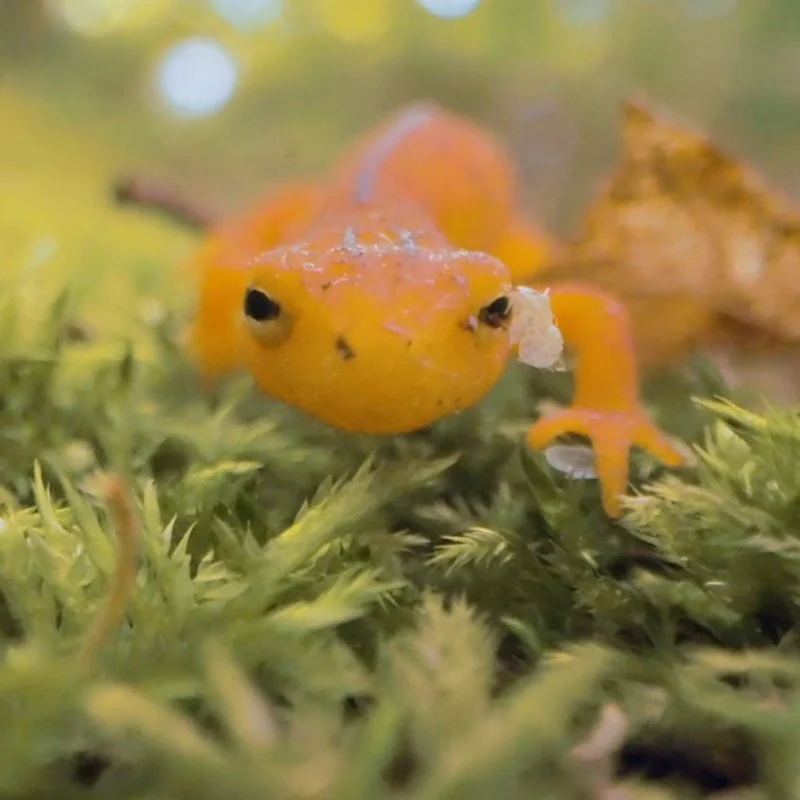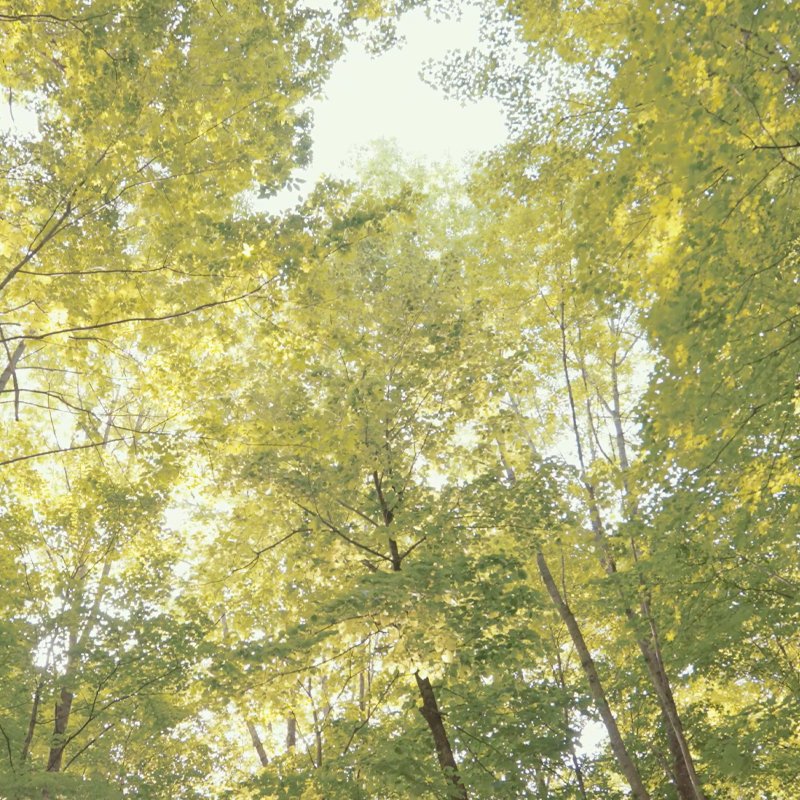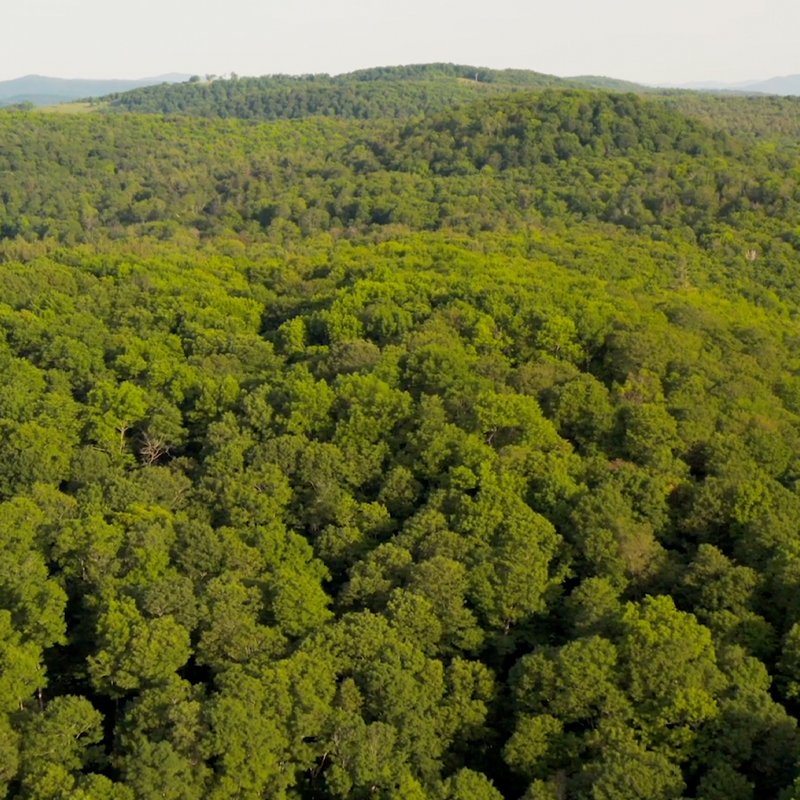
Our Process // The Forest
Vermont Forests:
Where The Process Begins

Walking through the forests of Vermont you will often find yourself in some of the most stately stands of Sugar Maple trees found in the United States. Easily rising beyond 90 feet, these treasured giants are linked to Vermont’s very identity. In the fall they light up the hillsides in flares of foliage attracting leaf peepers from around the globe, and in the Spring they pump out the sweet sap that gets turned into world-famous maple syrup.
These landscape-defining trees take up to 130 years to reach maturity while supplying food and shelter throughout their long life. As the forces of nature begin the tree’s decline, their famous hardwood starts to lose its vigor. Opportunistic decomposers enter the once impenetrable trunks and get to work. This is the final phase of its impressive life cycle as it transitions back to the rich soil where its young roots first took hold all those years earlier.
Through the process of decomposition, some of the wood will become spalted with rich black lines left—like traces of ink—by the forest fungus. At this stage, still structurally sound, the wood is beautiful, unique and can be turned into decorative veneer or plywood.
Now, after years of research and development, Vermont Wildwoods has cracked the code of this natural mystery and created a proprietary method of intentionally spalting the wood of felled mature sugar maple trees.
Next: The Logs →




